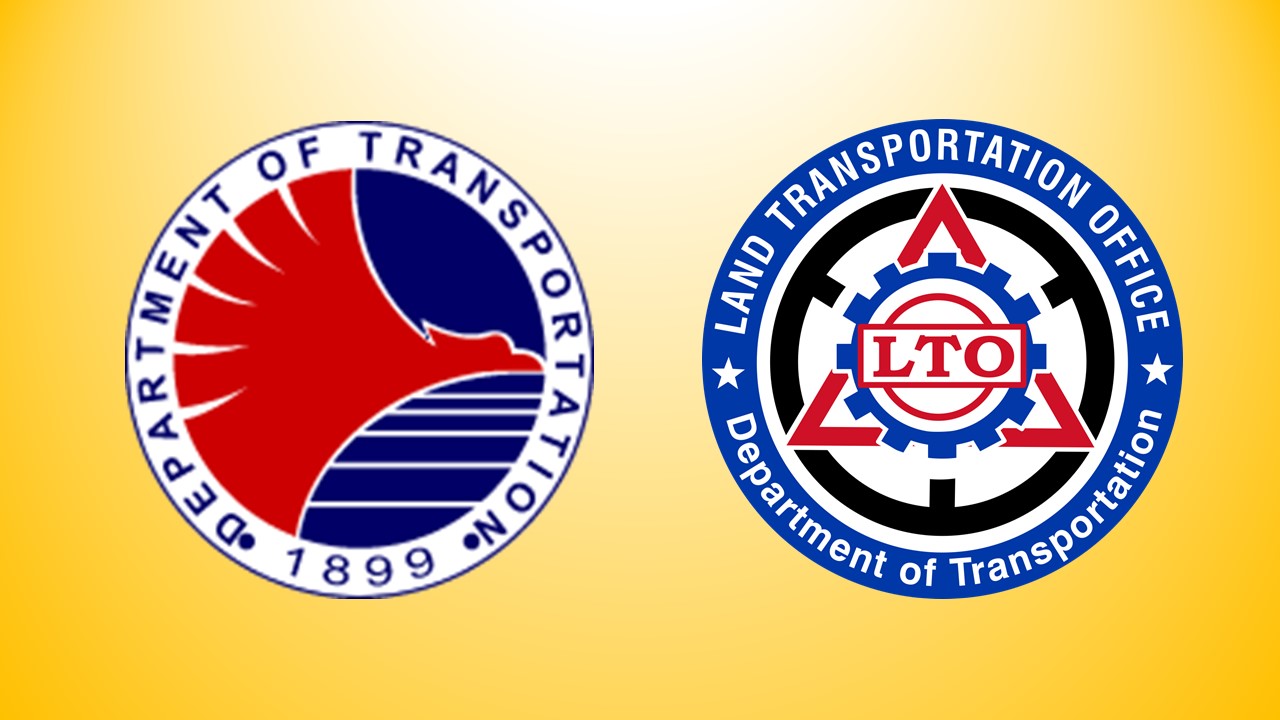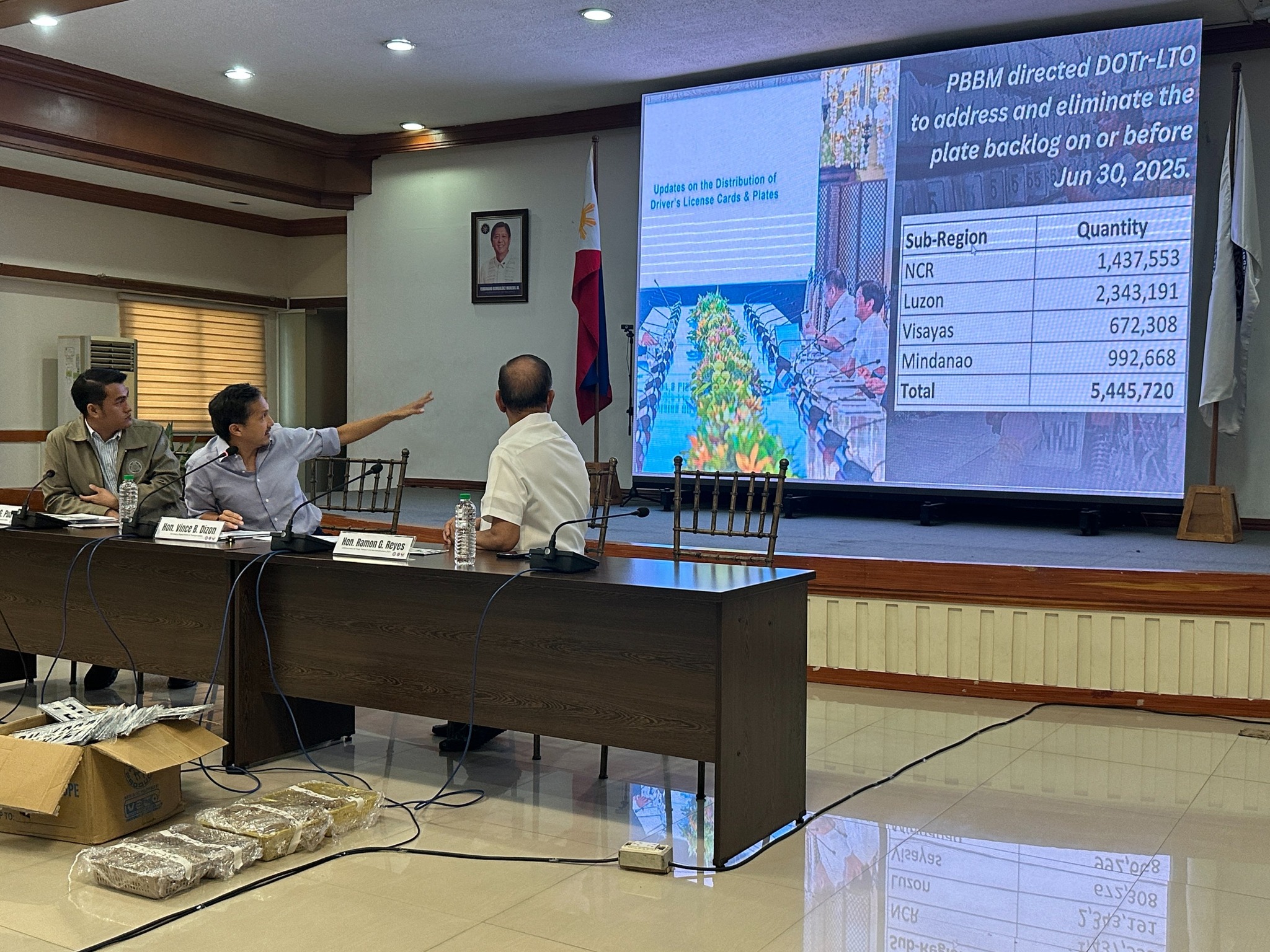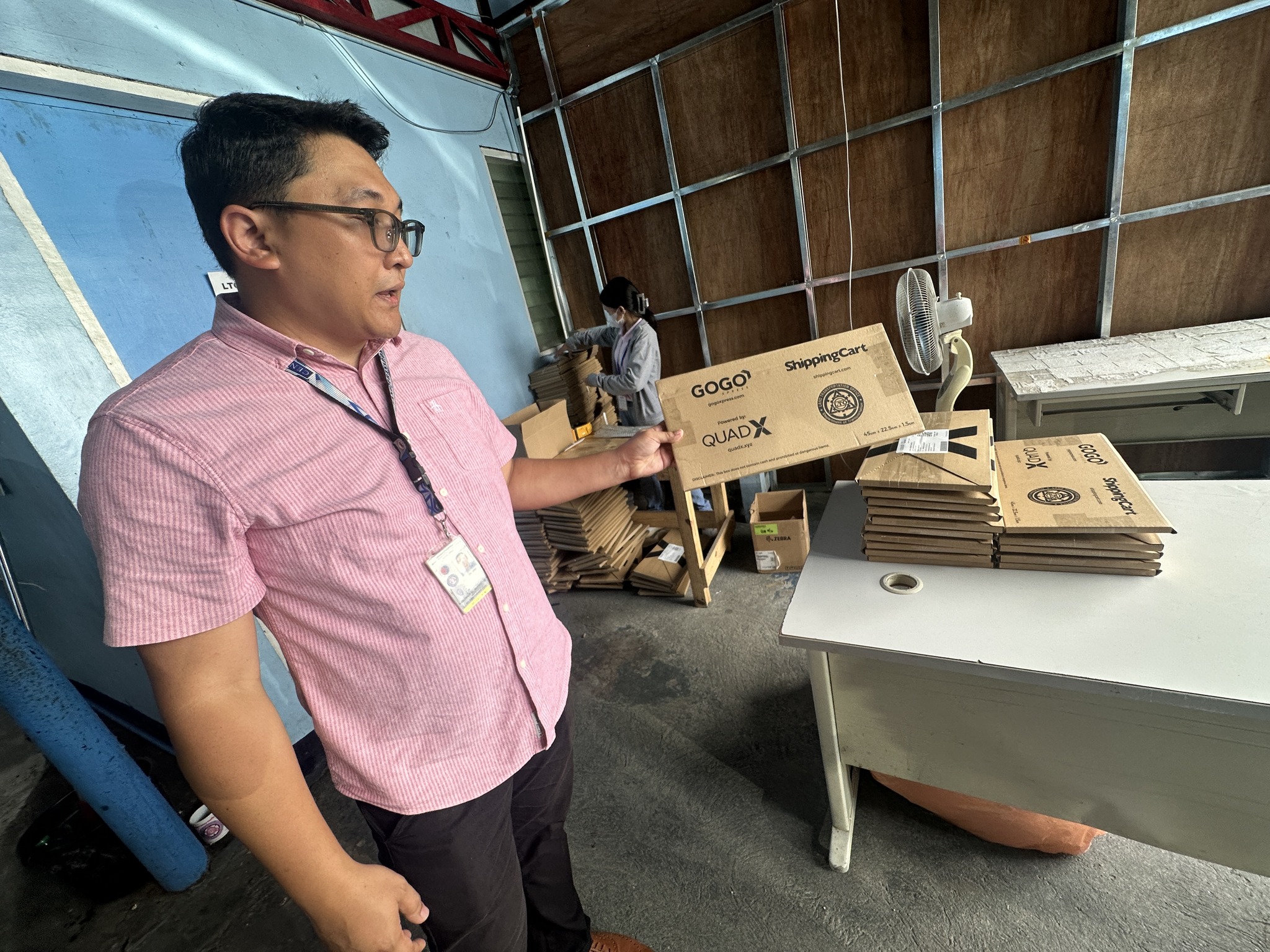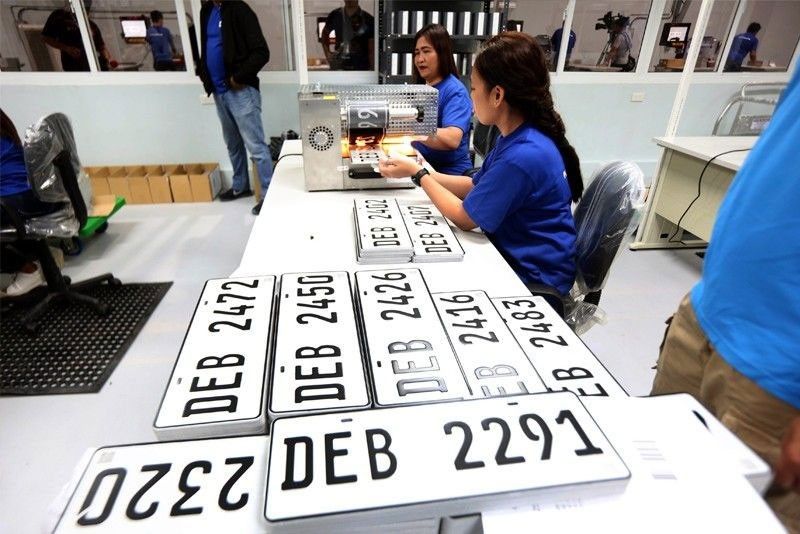The Land Transportation Office (LTO) has finally cleared an 11-year motorcycle plate backlog, marking a major milestone in government service delivery and efficiency. This achievement comes after the agency successfully produced 5.4 million motorcycle license plates this year—enough to address a problem that has plagued Filipino motorists since 2014.

Transportation Secretary Vince Dizon made the announcement during a press briefing at Malacañang on Tuesday, emphasizing that the success was made possible through sustained efforts under President Ferdinand R. Marcos Jr.’s administration. “As of this year, we have already produced 5.4 million motorcycle plates, which effectively eliminates the backlogs,” Dizon said.

The issue of unissued license plates dates back over a decade, with backlogs ballooning as high as 12 million motorcycle plates by 2014. Regional figures showed that Luzon accounted for over 2.4 million unissued plates, Metro Manila had 1.4 million, while Mindanao and the Visayas faced backlogs of nearly 1 million and over 670,000, respectively.
On the production front, LTO Acting Chief Atty. Greg Pua said the agency ramped up operations significantly over the past two years. As of June 30, the LTO had manufactured a total of 18.58 million plates this year alone. Of these, 11.82 million were for motorcycles, while 6.76 million were motor vehicle plates—translating to roughly 3.38 million plate pairs.
Photos from the LTO’s plate-making facility showed fresh batches of newly embossed motorcycle plates ready for delivery. Engr. Oliver Marique, head of the plate-making division, highlighted the team’s commitment in maintaining high production rates and meeting the ambitious target.
According to Undersecretary Ramon Reyes, distribution of the 5.4 million motorcycle plates will continue through the coming months, with the goal of completing deliveries by October 2025. “We are now focused on ensuring that all these plates are delivered and claimed by their rightful owners,” Reyes said.

So far, more than 7 million plates—both motorcycle and motor vehicle—have already been distributed nationwide. Motorists may claim their plates at their respective LTO district offices or opt for home delivery through the agency’s LTO Tracker system, which allows real-time monitoring of plate status.
The resolution of the motorcycle plate backlog is seen as a major public service win, particularly for motorcycle riders who have long dealt with temporary or improvised license plates. It also underscores the Marcos administration’s commitment to addressing long-standing government inefficiencies through innovation, leadership, and better resource management.
As the backlog is finally cleared, the LTO now sets its sights on maintaining a streamlined plate issuance system—ensuring that the delays of the past remain a thing of history.







